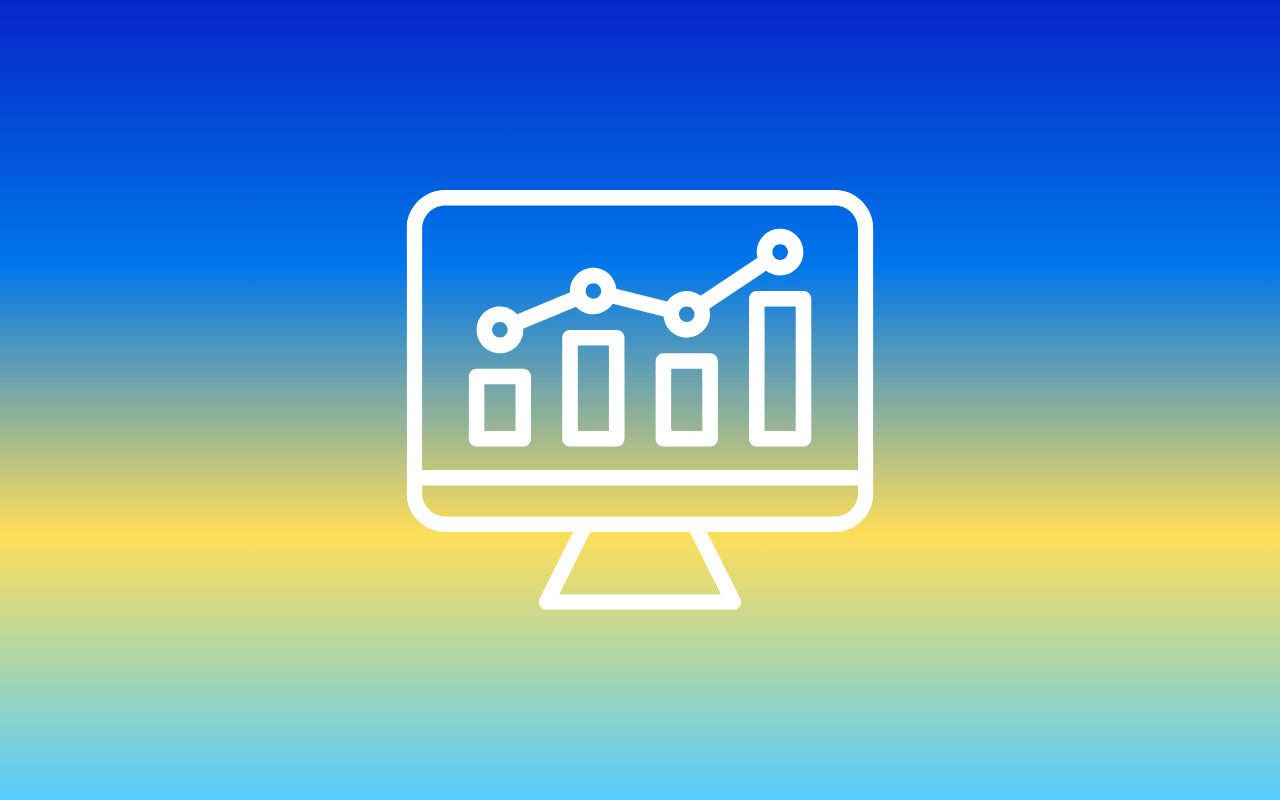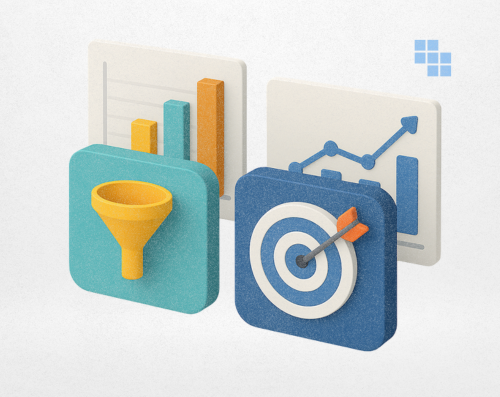Web analytics is the analysis of how users interact with and behave on a website. Web analytics solutions track a variety of aspects of user activity and behavior on a website, including the number of visitors, the length of their visits, the number of pages they see, and other key performance indicators relevant to a website’s goals.
An organization’s key performance indicators (KPIs), such as the purchase conversion rate, click-through rate, and bounce rate, are measured and benchmarked using web analytics tools.
What Is The Significance Of Web Analytics?
In order to provide an optimized user experience, data must be collected on how those users interact with a website. That data can then be used for things like design iteration, Conversion Rate Optimization, and Marketing Campaign Optimization.
By using the insights provided by web analytics, organizations can properly promote the right products to the right people. The data-backed decision-making provided by web analytics takes the guesswork out of website optimization and allows for companies to maximize ROI.
How Are Web Analytics Used?
There are a variety of web analytics tools that allow for simple integration and provide meaningful insights on User Behavior. The complexity of these tools can vary greatly depending on the depth of insights desired on a particular website.
Many web analytics tools use click-counting tags to get a high-level overview of which pages users visit on a website. The tag may also collect other information, such as the kind of device, browser, and location of the user (via IP address).
Cookies may also be used by web analytics services to keep track of individual sessions and assess whether a particular browser is returning to a website repeatedly.
Although cookies have been a popular method of tracking web analytics, many users are now blocking cookies from their browsers through things like ad blockers and VPNs. This makes cookies an increasingly unreliable source of data.
Best Practices For Web Analytics To Improve Your Website
Finding meaningful insights through web analytics and reporting those findings to others in your organization can be a tricky process. Here are a few things to remember while working in this area:
1. You Should Not Simply Provide Traffic Updates
Reporting on traffic, page views, top sources, or top pages merely scratches the surface. If there is more traffic or time spent on the site, it doesn’t always imply that the site is successful. When it comes to measuring the performance of your program, having 7 million visitors is a non-essential metric.
2. Insights Should Always Be Provided Alongside The Data
It’s a waste of time and effort to provide analytics to your stakeholders without providing any context to your company or user objectives. Show how your site’s data points to areas of success and development by highlighting the data’s relevance to your site.
3. Avoid Focusing On A Single Point In Time While Reporting
There are more complicated and deeper web experiences occurring today than can be captured by looking solely at visits or a given time period. It is possible to assess how well your website is performing as it develops and interacts with visitors, particularly recurring ones, by looking at metrics such as visits, user-lifetime value, and other values that give a more long-term knowledge of people and their use
4. Be Unambiguous In Your Communication With Key Stakeholders
Make sure your stakeholders are aware of the system’s flaws and that the information you offer is accurate and up-to-date, and that you are aware of your audience.
To learn more about how Kubit can help with your analytics, click here!




